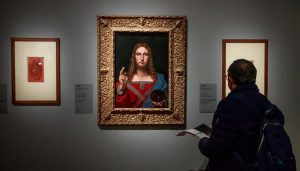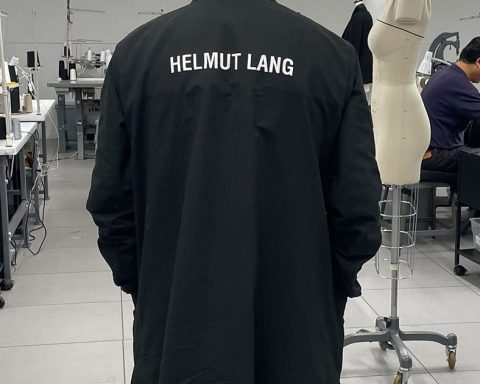We are not talking about a very prestigious Picasso nor about a Monet or Salvador Dalì. The most expensive artwork in the world is a chaotic installation made up of 2,600 graduate degrees. It’s called “Da Vinci of Debt”, is located at New York’s Grand Central Terminal station (the largest train station in the world), and was commissioned by Natural Light, a U.S. brand of cheap beer. As the title suggests, the installation is a commentary on the student debt crisis affecting 45 million American graduates. Natural Light embarked on this project to bring attention to this problem that seemingly overshadows the happy moments in college.
The artwork costs even more than the Salvator Mundi attributed to Leonardo da Vinci, sold in 2017 by Sotheby’s, for the monstrous sum of 450 million dollars. The highest price ever paid for a work of art sold at auction.

Why? For a straightforward reason. The artwork is a cascading installation of 2,600 actual college degrees, which are approximately valued at just over $ 180,000 each (the average cost of four years of college education in the United States). So if we multiply the average price with the number of participating students, we arrive at the work value: 470 million dollars. However, Natural Light had to pay $ 100 to each student who took part in the project.
However, natural light beer is trendy among students (in America, it is familiarly known as “Natty Light”). Four years ago, it also took part in a commitment to distribute ten million dollars (one million a year) to students who are crushed by debt. Here is the reason for this installation. “Natty is committed to doing everything it can to offer real solutions to our clients’ student debt. We want our fans to have the college experience without the debt that goes with it. Through Da Vinci of Debt, we hope to have more participation in our Natty College Debt Relief Program, which offers students the opportunity to repay their debts.” Said Daniel Blake, vice president of the value brands division of Anheuser-Busch, the company that owns the Natural Light brand.
But now the real question is: Can the project be defined as a work of art? “The world of art,” continued Blake, “is full of absurdly priced works for which most people can’t find a justification. That’s why this installation is perfect for our campaign“. We leave each of you your own answer.















